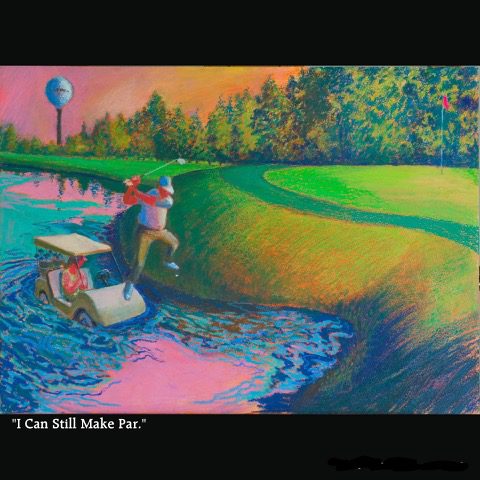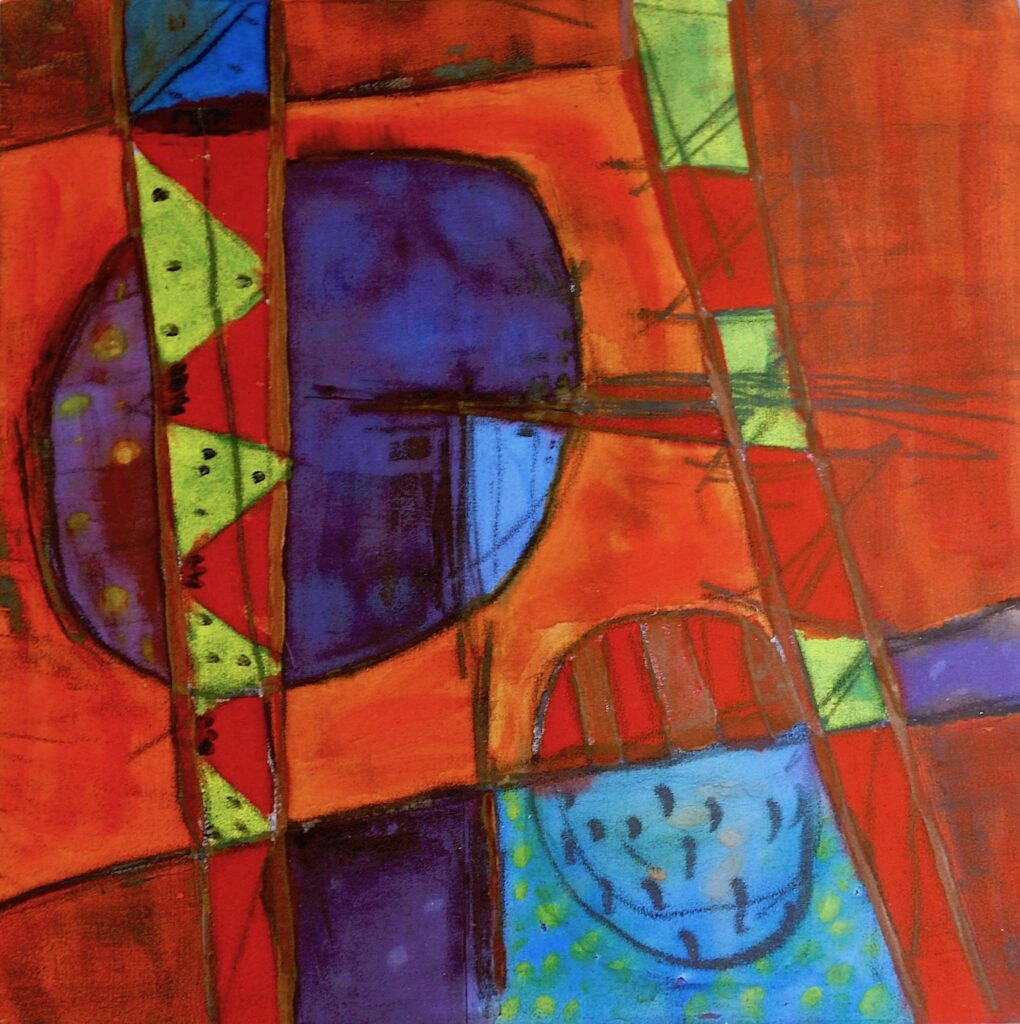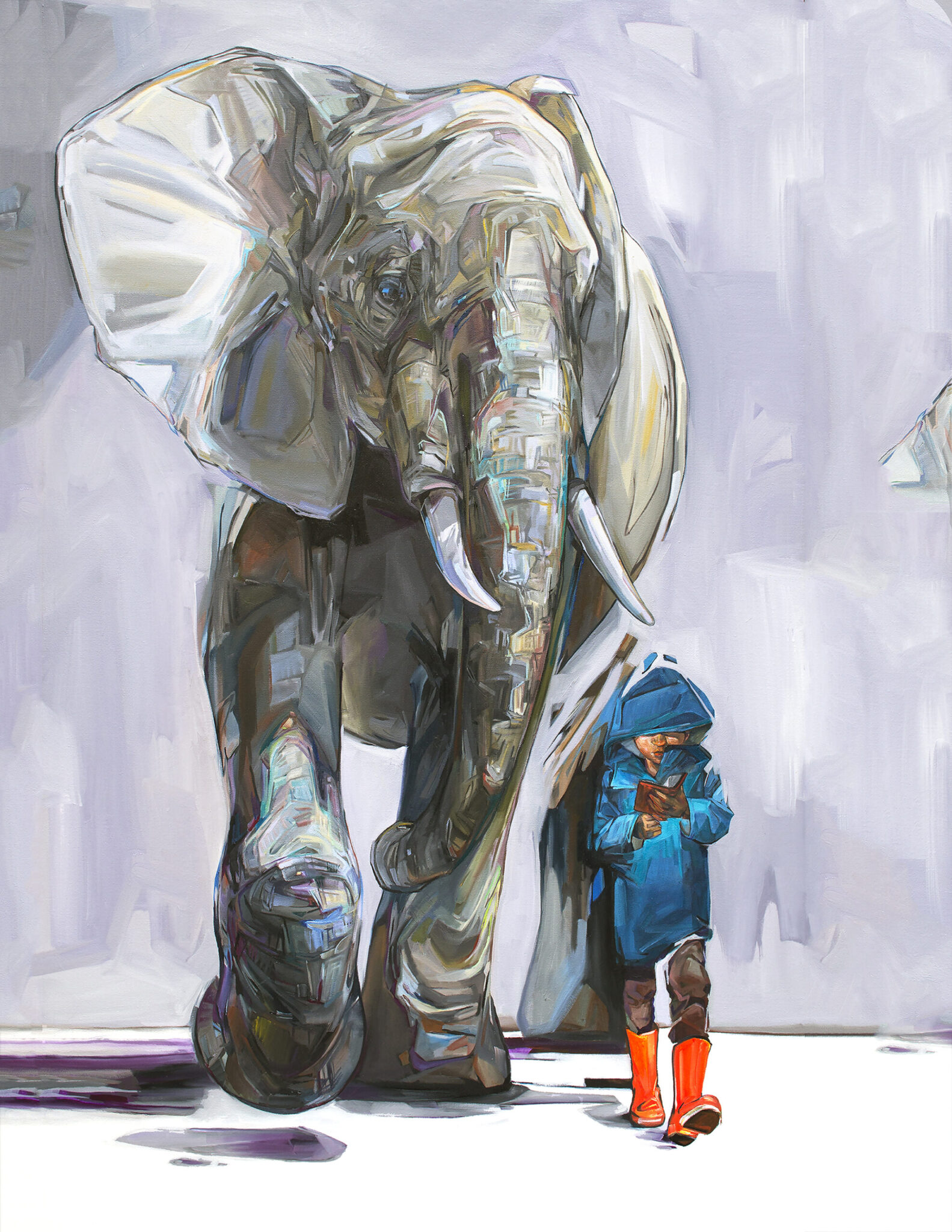Our History
2025 marks the 38th active year that the MAIN ST. Fort Worth Arts Festival has brought arts and entertainment to the streets of downtown Fort Worth.
The event traces its beginnings to the early 1980s when the City of Fort Worth set in motion a campaign of urban revitalization in the Central Business District. As momentum began to build, businessman Robert Bass spearheaded the initial effort in 1986 to create an event showcasing the attractions of the city’s reawakening downtown core.
Mr. Bass and other prominent civic leaders envisioned a multi-faceted festival that would transform downtown into an outdoor gallery and concert stage on an early spring weekend. That first MAIN ST. Fort Worth Arts Festival was a three-day event involving 140 artists, 60 performance groups and 600 volunteers. Attendance was approximately 80,000.
Nearly four decades later, downtown Fort Worth has grown to more than 10,000 residents with a burgeoning entertainment scene. The MAIN ST. Fort Worth Arts Festival through the years has evolved into the biggest and best-attended event of its kind in the Southwest. Art Fair SourceBook, the authoritative reference publication on the American art-show circuit, recently ranked MAIN ST. as #3 among the many hundreds of events they review nationally.
Join us downtown this April, and enjoy the best America has to offer – MAIN ST. Fort Worth Arts Festival presented by PNC Bank. Experience the sights and sounds of history in the making.
Corporate Information
DOWNTOWN FORT WORTH, INC. (DFWI)
DOWNTOWN FORT WORTH INITIATIVES, INC. (DFWII)
In the early 1980s, Fort Worth began the urban revitalization of its Downtown Central Business District. The goal was to be a center city bustling with activity morning, noon and night, during the work week and on weekends. To provide a private sector voice for this revitalization effort, Downtown Fort Worth, Inc. (DFWI) was established by concerned property owners in December 1981.
DFWI is an advocate for Downtown progress and excellence. This membership-based organization has contributed to Downtown Fort Worth’s vitality by serving as a liaison, ombudsman and information source for property owners, developers and prospective businesses.
Downtown Fort Worth, Inc. expanded its management role in 1986 by establishing Fort Worth Public Improvement District #1 (PID). Through a contract with the City of Fort Worth, the PID provides enhanced services to 260 blocks within Downtown Fort Worth. These services include maintenance and landscaping, promotions and marketing, security enhancement, transportation and planning.
In 1988, Downtown Fort Worth Initiatives, Inc. (DFWII) was formed. This 501(c)(3) non-profit organization provides a pathway for foundation grants, philanthropic donations and other contributions to help fund charitable, educational and public-purpose Downtown projects. DFWII was a central partner in the development of the 172-unit Hillside apartment community. The organization manages Burnett Park and produces the MAIN ST. Fort Worth Arts Festival and the XTO Energy Parade of Lights.
In 1995, Downtown Fort Worth, Inc. championed the creation of the Downtown Tax Increment Financing (TIF) District. The TIF District is managed by Downtown Fort Worth, Inc. through a contract with the City of Fort Worth. Among its many projects, the TIF provides thousands of free parking spaces after 5 pm on weekdays and all day and evening on the weekends.
Through the programs of Downtown Fort Worth, Inc., members take an active role in the management of, and advocacy for, the center city. Several standing committees and special task forces work to fulfill the organization’s mission of creating a vibrant, healthy and attractive center in which to work, live and play.
Downtown Fort Worth Initiatives, Inc. presents a number of events annually, including the MAIN ST. Fort Worth Arts Festival presented by PNC Bank and the GM Financial Energy Parade of Lights. Together, these events serve to raise aesthetic values, provide sponsorship income opportunities, create opportunities for community involvement and raise the overall quality of promotional activities in downtown while working collaboratively with downtown businesses and residents.



